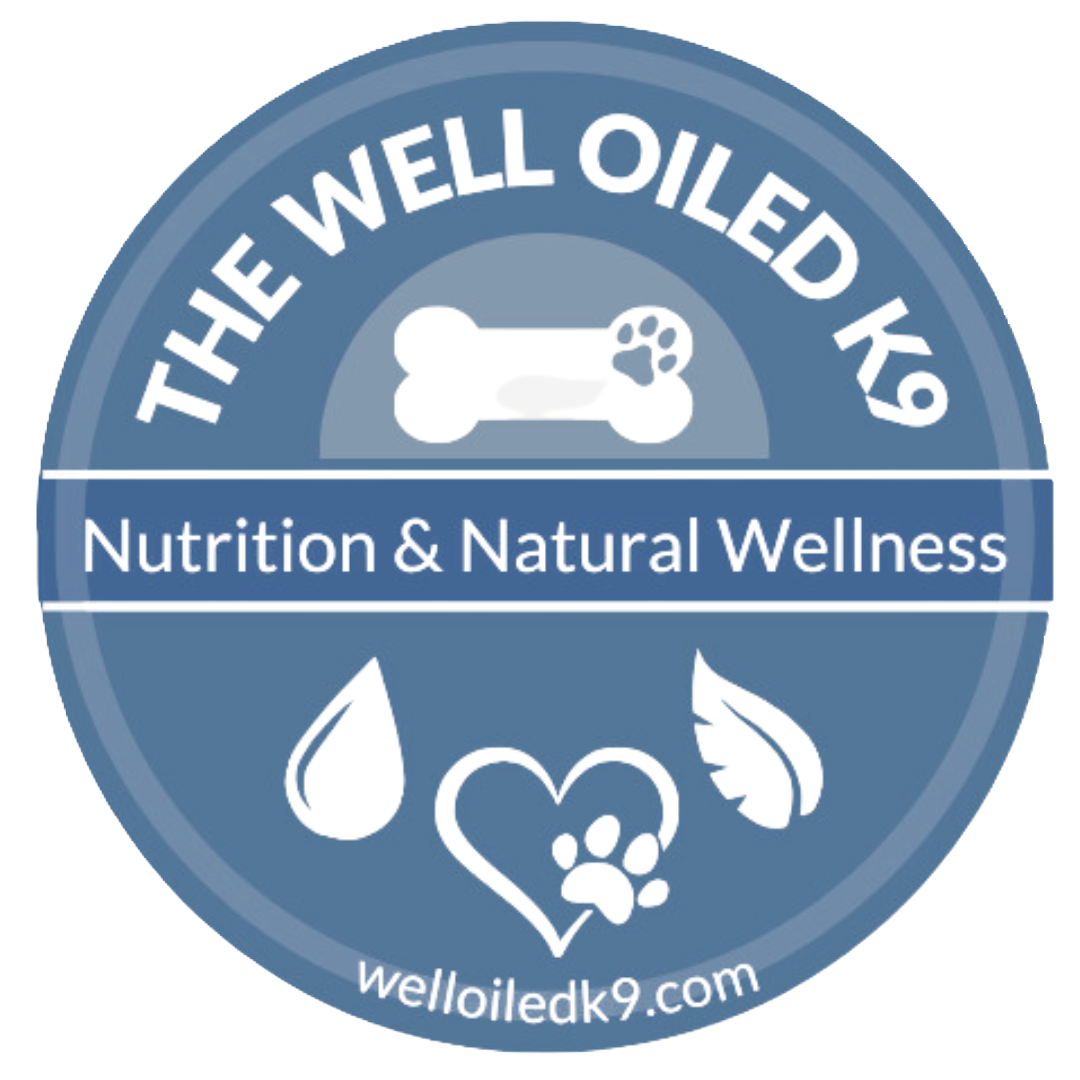Food Allergies & Intolerances In Dogs
Understanding Food Allergies in Dogs: What Pet Parents Need to Know
Food allergies in dogs are more common than many people realize. These aren’t just minor inconveniences — they can significantly affect your dog’s skin, digestion, mood, and overall quality of life.
What Are Dog Food Allergies?
A true food allergy is an immune system reaction. When a dog eats a particular food ingredient their body mistakenly identifies as harmful, the immune system goes on high alert and produces antibodies to "fight" it. This immune response leads to inflammation and a wide range of symptoms — most commonly skin issues like itching, redness, rashes, or ear infections.
While only about 10% of all allergy cases in dogs are related to food, those numbers are climbing. We’re seeing more allergies than ever before — and not just because of genetics or overbreeding. Many dogs are simply overexposed to highly processed, synthetic, or low-quality ingredients found in conventional kibble diets.
The Problem With Synthetic Ingredients
One major contributor to rising food allergies and intolerances in dogs is the widespread use of synthetic vitamins, preservatives, and flavorings in commercial dog food. Here's the problem:
Synthetic vitamins like menadione (synthetic Vitamin K) or cheap B-vitamin additives may not be properly absorbed or utilized by your dog’s body. Worse, they may be derived from petroleum or coal tar and have a documented history of causing toxicity in sensitive individuals.
Chemical preservatives such as BHA, BHT, and ethoxyquin are still used in some kibble — and they’re known to be carcinogenic or hormone-disrupting.
Artificial flavorings or colorings may make food seem tastier or look more appealing to pet parents, but they can also trigger allergic reactions and disrupt gut health.
What your dog eats every day should nourish their cells — not add to the toxic burden their body is already fighting against.
Allergy vs. Intolerance: Know the Difference
It’s important to distinguish between a food allergy and a food intolerance, because how you approach them will differ.
Food allergies are immune-mediated. They often show up as:
Itchy skin
Recurring ear infections
Paw chewing or licking
Chronic rashes or hot spots
Red, inflamed skin
Food intolerances are digestive-based. These may include:
Vomiting
Diarrhea
Gas or bloating
Low appetite or discomfort after eating
Think of it this way:
A food allergy in a dog is like a peanut allergy in a person — the immune system panics and causes a chain reaction.
A food intolerance is more like lactose intolerance — the digestive system just doesn’t handle it well.
Both are frustrating, but they have different root causes... and solutions.
Common Food Allergens in Dogs
Some ingredients are far more likely to cause allergic reactions or intolerances in dogs than others. These include:
Wheat and gluten – inflammatory and hard to digest for many dogs.
Corn – often GMO and heavily sprayed with pesticides.
Soy – a top allergen for both pets and people.
Chicken – one of the most common proteins, often overfed.
Eggs – especially from poor-quality sources.
Dairy – many dogs lose the ability to digest lactose as they age.
Synthetic additives – as mentioned above.
Dogs can become sensitized to foods they've eaten repeatedly over time, especially if their gut is already inflamed or their immune system is compromised.
How to Identify Food Allergies
The most reliable way to identify a food allergy is an elimination diet trial — not a hair or saliva test. These commercial tests often return inaccurate or misleading results.
Instead, remove common allergens from the diet and feed a limited-ingredient or novel protein diet for at least 8–12 weeks. This gives the body time to clear out reactive compounds and calm inflammation.
During this time, avoid:
Treats with mystery ingredients
Flavored medications
Table scraps or supplements with synthetic fillers
Once your dog’s symptoms have improved, you can slowly reintroduce one ingredient at a time to identify what causes a reaction.
Supporting Healing from Food Allergies
Switching to a fresh, allergy-friendly diet is a great first step. But to fully support your dog’s healing, consider:
Digestive enzymes to improve nutrient absorption and reduce food reactions.
Probiotics to support the gut microbiome and immune health.
Anti-inflammatory support like omega-3s from fish oil or green-lipped mussel.
Liver and gut detox support — especially important after a diet filled with synthetic or processed foods.
Avoid “hypoallergenic” kibble unless you know exactly what’s in it. Many of these still contain synthetic nutrients and questionable fillers.
The Bottom Line
Food allergies and intolerances are often a symptom of a deeper problem — poor gut health, toxic overload, or years of processed feeding.
Feeding your dog clean, fresh, whole-food nutrition — and eliminating the synthetics, preservatives, and overused proteins — can transform their skin, coat, mood, and energy.
If you suspect your dog is reacting to their food, don’t wait. Start by cleaning up the bowl. I offer custom nutrition consultations and elimination diet guidance inside my private client forum.
Statements in this blog have not been evaluated by the FDA. Educational content only. Not intended to diagnose, treat, cure, or prevent any disease.
Want even more resources, Q&A, and discussions on nutrition? Join my community forum. Free and Subscription Content.
Try My Intolerance Elimination Guide
I strongly encourage you to begin your journey with an intolerance test. It may save you a tremendous amount of time, guesswork, and money to start with very specific answers. Glacier Peaks Intolerance Testing
Let’s Talk About the Best Food For Dogs With Allergies —- I can help you find the right options for your dog.
Heard all this before and tried everything: reach out for a consultation or download my ebook for a comprehensive view of things you may not have considered and how they can affect your dog’s allergies, intolerances, and behavior associated with these symptoms.

